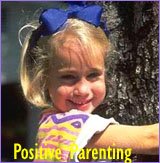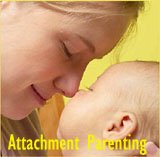
14 Fun Science Experiments for Kids: Guidelines for Kids Projects and Learning Games
When it comes to teaching your kids science, there are many science experiments for kids that you can do at home to help make it fun and entertaining.
If you think back to your childhood, you will find that all of the fun that you had learning science came when doing science for kids experiments and games. Sure, you learned only one thing at a time, but man it was fun to make a volcano and make eggs bounce!
All these fun science experiments for kids make learning worth it, which is why you remember so much about the effects of baking soda, what happens when you shake a soda bottle, and why diet coke and Mentos should not be mixed ;-)
Want to teach your kid science?
Below you will find some great science projects for kids that you can use to help teach kids science to your child, no matter how old.
Why not make the science fun as well as educational?
Tips for Teaching Science for Kids
If you want to teach science for kids using science experiments for
kids, it's important that you know how to make it fun.
After
all, learning science can either be very boring or very entertaining,
and it's up to you how you are going to teach it.
Here are
some tips to help make your child's science education as fun as
possible:
- Go Outside - Just getting out of the house
opens the door to all kinds of wonder, and real science 4 kids
begins the moment you step outside.
You can learn all about the ecosystem, weather, plants, creatures, animals, and more just by going outdoors ... and if you do science experiments outside, it doesn't matter that much if you spill some water - the plants might even appreciate it ;-)
-
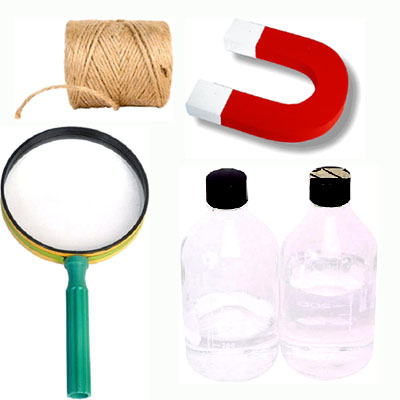 Prepare
a Science Kit - Science kits for kids can actually be
packed with a lot of fun, and you can turn a magnifying glass, a
few bottles, some magnets, and a few other items into a magical
chest of wonder by packing them into a kit.
Prepare
a Science Kit - Science kits for kids can actually be
packed with a lot of fun, and you can turn a magnifying glass, a
few bottles, some magnets, and a few other items into a magical
chest of wonder by packing them into a kit. - Surprises Rock - Kids love it when you
surprise them with fun activities, and you will find that
randomly heading outside or into the kitchen for easy science
experiments for kids can be all kinds of fun for them.
Plan in advance, but act spontaneously to surprise your kids with kid science experiments at unexpected times. - Recap and Summarize - Don't forget that your kids will actually need to recall the facts of the easy science experiments in order to learn them, so ask your kids what they remember.
Have them recap the experiment, or use kids science worksheets to
help them review the purpose and outcome of their experiments.
It may sound like a lot of work to pull off science experiments
for kids, but you can bet your boots that making them fun will be
the secret to enthralling kids in science and all its many wonders!
14 Fabulous and Fun Science Experiments for Kids
Let's get down to a few fun kid science experiments that you can do
with your kids:
1) The Classic Erupting Volcano Experiment
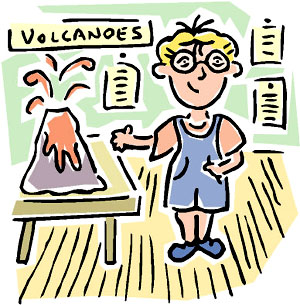 This
is the classic experiment, and your kids will ask to repeat this one
over and over.
This
is the classic experiment, and your kids will ask to repeat this one
over and over.
How is it done?
Step 1:
Use papier-mâché to make a solid mountain, building it around a hole
in the center (made using two toilet paper rolls).
Step 2: Once the papier-mâché has dried, pour a couple of
spoons full of baking soda into the hole.
Step 3:
Have the children stand back as you pour 1/3 of a cup of vinegar (with
red food coloring added) into the hole in the volcano.
Step 4: Enjoy seeing their reactions as the volcano
almost explodes upwards when the baking soda and the vinegar have a
reaction.
With this science experiment, you can teach your kids two things:
1) Teach them how vinegar and baking soda have a reaction,
as well as how baking soda and water have a similar reaction when
they are mixed in bread or cake.
2) Teach
them how the volcano has to explode upwards into the sky seeing as
the sides of the volcano will not allow it to flow into the rock.
2) Floating Eggs in Salt Water
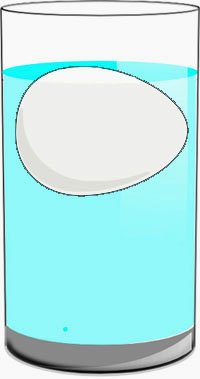 Making
eggs for breakfast is tasty, but using them for science can be lots
of fun.
Making
eggs for breakfast is tasty, but using them for science can be lots
of fun.
Did you know that you can make your eggs float?
Step 1: Pour some drinking water into a glass
until the glass is roughly halfway full.
Step 2:
Add roughly 6 tablespoons of salt into the glass of water, and stir
it thoroughly.
Step 3: Pour more water in
slowly until the glass is almost completely full, being careful not
to mix the fresh water in with the salty water too much.
Step 4: Drop in the egg and marvel at how it floats.
Scientific theory behind this example of fun experiments
for kids:
With this experiment, you can teach kids
how salt makes things float, due to the fact that the salt water has
a higher density than regular water.
With regular water the
egg will sink, but putting the egg in salt water means that the
water is denser than the egg and thus will cause the egg to float.
3) Non-Mixable Oil and Water - the Eternal Enemies
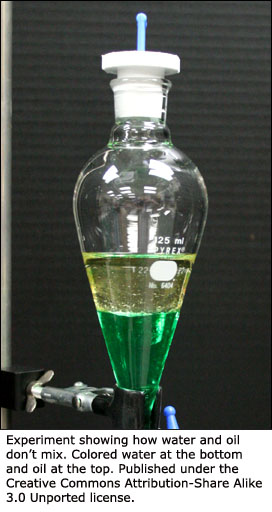 If
your kids are constantly trying to mix random ingredients to make "secret
potions", it is important to teach them what will and won't mix.
If
your kids are constantly trying to mix random ingredients to make "secret
potions", it is important to teach them what will and won't mix.
Here is a great experiment to teach them about mixing oil and
water:
Step 1: Put water in a cup, and drop
in a bit of food coloring (the color doesn't matter).
Step 2: Pour the water into a small soda bottle,
and add a couple of spoons full of cooking oil as well.
Step 3: Screw the lid on tightly, and have the kids
shake the bottle as hard as they can.
Step 4:
Set the bottle down on the table, and give it a second to sit. Once
it has sat for a couple of seconds, your kids will notice that the
oil and water separate.
Quick theory behind this fun science experiment:
Some
ingredients will mix together, but you can explain that oil and
water will never form a solution because the molecules of each
liquid are more attracted to the other molecules of its kind than
the molecules of the other liquid.
4) Is the Speedy Egg Boiled or Raw?
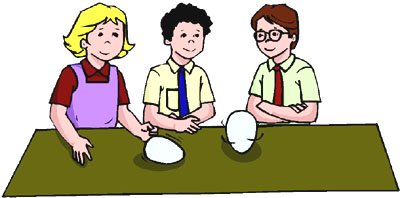 Want
to teach your children to know whether an egg is raw or boiled?
Want
to teach your children to know whether an egg is raw or boiled?
Here is a neat experiment that can be fun and tasty:
Step 1: Place a raw egg and a boiled egg on the
counter in front of your children, and ask them to tell you which is
cooked and which is not.
Step 2: When they
cannot tell the difference, tell them to spin the eggs.
Step 3: The egg that is raw will wobble slightly
when you spin it, and it will not spin as fast or as long as the
cooked egg.
Step 4: The cooked egg will spin
much faster and without any wobbling.
Quick
scientific explanation behind this one of science projects for kids:
You can explain to your kids that the wobble is caused
by the fluid moving around inside the raw egg, which alters its
center of gravity as it spins (explain to them about the center of
gravity as well).
They can always know whether an egg is
cooked or not just by seeing if the center of gravity remains
constant in the boiled egg or changes in the raw egg.
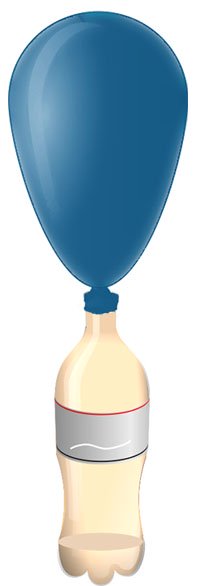 5)
Self-inflating Soda Balloons
5)
Self-inflating Soda Balloons
Want to blow up balloons for a party but are sick and tired of
feeling dizzy from lack of air?
Here is a fun way you can
teach your kids to blow up balloons without ever touching them to
your mouth.
Step 1: Stretch your balloon out
thoroughly to be sure it can blow up easily.
Step 2:
Pour 1/5 of a cup of water into a soda bottle, along with a teaspoon
of baking soda. Use a straw to stir until the soda and water are
well mixed.
Step 3: Add a spoonful or two of
lemon juice, and quickly place the balloon mouth over the mouth of
the bottle.
Step 4: See the balloon blown up
by the chemical reaction.
This is another great chance for
you to explain to your kids all about the reaction of acid (lemon
juice) with baking soda, and you can help them to start learning
about chemical reactions in everyday items.
6) Twister in a Bottle - Make Your Own Tornado
If you want to make a tornado in a bottle, you will find that this
fun experiment can be a great way to teach your kids all about the
weather and how it works:
Step 1: Fill a
small soda bottle with regular water, making sure it is roughly ¾
full.
Step 2: Drop in a small amount of
liquid dish soap, along with a bit of glitter to make the tornado
easily visible.
Step 3: Screw the cap on as
tightly as you can, and turn the bottle upside down.
Step 4: Move the bottle around in a circle as quickly as
you can to get the water spinning, and continue spinning for a few
seconds until you can see the tornado forming. Stop and repeat until
the tornado forms.
Wow, how does this science
experiment for kids work?
It's actually quite
simple, as making the bottle spin in a circle will cause the water
to go along the inner walls of the bottle and look like a tornado.
You can teach all about centrifugal and centripetal force with this
experiment, as well as how tornados, waterspouts, and hurricanes are
formed.
7) Sparkling Water with Black Light
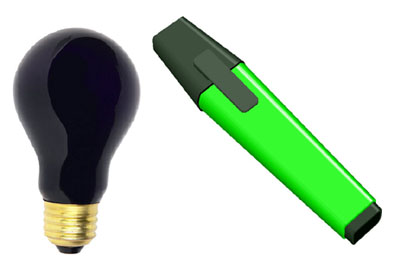 Kids
love to make stuff glow, but did you know that you can make your
water glow by adding a few simple ingredients?
Kids
love to make stuff glow, but did you know that you can make your
water glow by adding a few simple ingredients?
Here is how:
Step 1: Carefully cut open a highlighter pen
with a cutter blade, and soak the cut pen in a small bowl of water
for 5 to 10 minutes.
Step 2: Once the pen
has soaked, remove the empty cartridge and pour the water into a
bowl.
Step 3: Bring the bowl of water to a
room that is completely dark (no external light filtering in).
Step 4: Shine a black light on the bottle of
water, or use a black light bulb to make the entire room light up
with black light.
So what's happening in this example
of science experiments for kids?
The black light is
radiating UV light, which causes the phosphors in the ink of the
highlighter to shine brightly. This is a great trick that is cheap,
easy, and lots of fun for your kids.
8) Water Miracle Defying Gravity
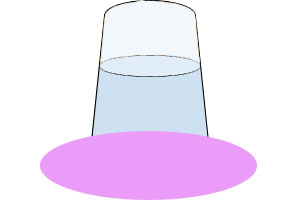 With
this trick, you can learn how pressure holds things in place even
when you remove the force that was originally holding them there.
With
this trick, you can learn how pressure holds things in place even
when you remove the force that was originally holding them there.
Step 1: Fill a glass to the brim with water.
Step 2: Place a piece of cardboard over the
mouth of the glass, and hold it in place with your hand.
Step 3: Turn the glass of water upside down, being
very careful to hold the cardboard in place.
Step 4:
Take your hand away from the cardboard and see how it stays in place.
If you do this experiment right, the water pressure will hold
the cardboard in place, giving you a great chance to teach your kids
about pressure and exerting forces.
9) The Magical Ice Cutter
This is an awesome trick that will show your kids how you can cut
through a solid block of ice just by using pressure:
Step 1: Place a cube of ice on top of a cup or a container.
Make sure to place a tray or bowl underneath the cup to catch the
water from the melting it.
Step 2: Tie two
lead weights to the ends of a piece of string roughly half the
length of your forearm.
Step 3: Hang the
string over the block of ice, making sure the weights are hanging
off the ends of the container and pulling downwards.
Step 4: Watch as the weighted string slowly cuts through
the ice, which usually takes about 5 minutes to do.
Explanation behind this one of fun science experiments for kids:
The pressure from the weight actually causes the ice
immediately beneath the string to melt, which allows the string to
pass through the piece of ice without your touching it.
10) Fun with Static Electricity and Balloons
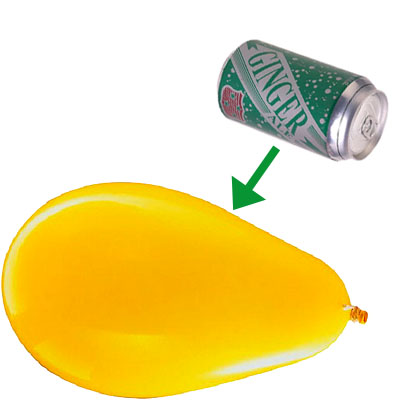 Your
kids will love this trick, as they can use the static electricity
they generate to give each other mild electric shocks.
Your
kids will love this trick, as they can use the static electricity
they generate to give each other mild electric shocks.
Step 1: Blow up two balloons per child, making sure
they are as full of air as possible.
Step 2:
Rub one of the balloons on the back of your head, and see if it will
stick to the wall.
Step 3: Rub both of the
balloons against a woolen sweater, and see if they will be attracted
towards each other.
Step 4: Rub one of your
balloons against your arm for 1 minute, and place it on a table near
an aluminum can. See if the aluminum can rolls towards your balloon,
and move it away from the can to pull the can along with it.
Have a contest with each of your children to stick a balloon to the
wall for the longest amount of time using nothing but static
electricity.
Quick theory behind this example of fun
science experiments for kids:
Rubbing the balloons
against your hair and your sweater will cause friction, and that
friction will generate static electricity.
11) The Floating Orange
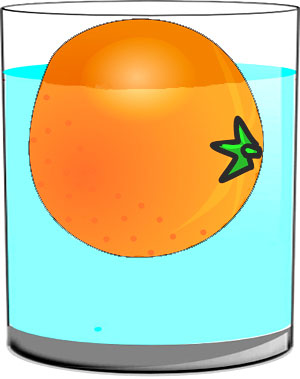 This
experiment is designed to teach your kids about how things float,
and you use the orange to illustrate the difference between things
that float and things that sink.
This
experiment is designed to teach your kids about how things float,
and you use the orange to illustrate the difference between things
that float and things that sink.
Step 1:
Fill a drink glass ¾ of the way with water. Make sure that the glass
is wide enough for the orange to fit inside it.
Step
2: Place the orange inside the glass with the peel on, and
see how the orange floats.
Step 3: Peel the
orange, place it inside the glass of water, and watch as it sinks to
the bottom of the glass.
Scientific explanation of
this one of science experiments for kids:
Explain to
your children that the reason the orange floats with the peel on is
due to the air bubbles inside the peel.
When you remove the
air bubbles by peeling the orange, the orange is unable to float and
thus sinks to the bottom of the glass.
12) Black and White Heat Absorption
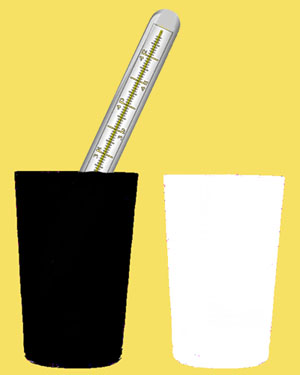 This
experiment can help your kids learn about what objects absorb heat
and light more than others, and you will use a few different objects
to test it:
This
experiment can help your kids learn about what objects absorb heat
and light more than others, and you will use a few different objects
to test it:
Step 1: Pull out two drinking
glasses, and tape a piece of white paper around the outside of one
glass and a piece of black paper around the outside of the other
glass.
Step 2: Fill the glasses half way
with regular drinking water, and make sure that the water is the
same temperature when you fill the glasses.
Step 3:
Place both glasses outside under the hot sun, and leave them there
for exactly two hours. Try and do it at midday when the sun is high
and hot.
Step 4: Place a thermometer in the
cup of water with white paper on it, and see how the temperature
compares to the cup of water with black paper on it.
Explanation behind this one of fun science experiments for kids:
The white paper tends to reflect the light, while the
black paper absorbs the light.
You can teach your kids about how painting your roof white or light
colors can help to prevent it from absorbing the heat from the sun,
and why they get so hot when they wear black clothing in the heat of
the day.
13) The Smell Taste Blindfolded Test
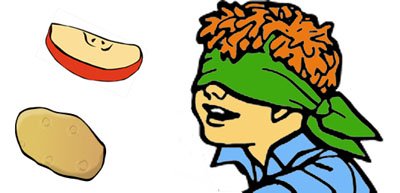 Did
you know that your nose is necessary for your mouth to taste foods?
Did
you know that your nose is necessary for your mouth to taste foods?
You can teach your kids about the importance of both of these senses
with the simple experiment below:
Step 1:
Cut a piece of apple and a piece of potato, and have your child
taste both of them. The difference will be obvious.
Step 2: Now, place a blindfold on your child's eyes, have
them hold their nose, and have them take a bite of each.
Without using your nose, your mouth will have no idea what it is
tasting. When your child covers his eyes, he cannot see the food,
and it will be tasteless without his nose getting its scent.
14) Sugar Dissolving
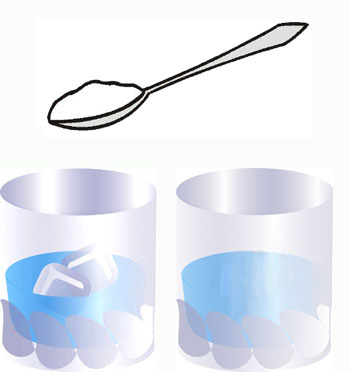 This
interesting experiment will show your kids how substances dissolve
differently at different temperatures:
This
interesting experiment will show your kids how substances dissolve
differently at different temperatures:
Step 1:
Pour cold water in one glass, and add a few cubes of ice to the
water.
Step 2: Pour hot water in another
glass, making sure the water is the temperature that you would use
to make tea.
Step 3: Drop a spoonful of
sugar in the glass that has the cold water, and add one into the
glass of the hot water as well.
Step 4:
Start a stopwatch the second you drop the spoons of sugar into the
glasses, and see which takes longer to dissolve the sugar.
Quick scientific theory behind this example of fun science
experiments for kids:
The heat of the hot water is
able to dissolve the sugar much more quickly, and this is due to the
fact that the molecules of the hot water are moving faster than
those in the cup of cold water. The molecules are farther apart,
meaning more space for sugar molecules than the densely packed
molecules in the cold water.
These are just a few science
experiments for kids that you can do at home, and you will find that
they will delight your kids and help them learn all about science.
Your Positive Parenting Ally,
Birgitte

Want to stay in touch and get the latest news?
Sign up
for my free newsletter
Parent Coaching
- For Inner Peace, Clarity and a Deeper Connection to Your Child
 Being a parent can feel like a double-edged sword. Life with kids may feel like the greatest gift you have ever received, while at the same being hugely challenging, often leaving you confused, stressed and overwhelmed.
Being a parent can feel like a double-edged sword. Life with kids may feel like the greatest gift you have ever received, while at the same being hugely challenging, often leaving you confused, stressed and overwhelmed.
When we feel like this, we've lost touch with ourselves. We can't hear our own inner voice, and it's difficult to know what is 'right' for us and how to act.
I offer in-depth parent coaching to help you regain your balance and get back in touch with yourself. From a place of inner peace and clarity, your will find your own answers which will help you reconnect with your child from a place of unconditional love and acceptance.
Read more about my parent coaching here.
Where Would You Like to Go Next?
Fun Science Games and Experiments for Kids
 27 Learning Games for Kids A List of the Best Educational Games for Kids. |
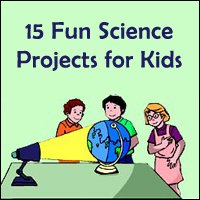 15 Fun Science Projects for Kids - Fun Learning Games at Home. |
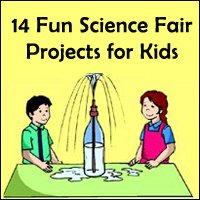 14 Science Fair Projects for Kids: Easy Guidelines to Fun Science Fair Ideas. |
 12 Fun Experiments for Kids: Easy Science Projects for Kids to Do at Home or in School. |
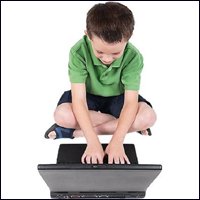 36 Recommended Science Websites for Kids: Science Sites for Kids That Make Learning Fun. |
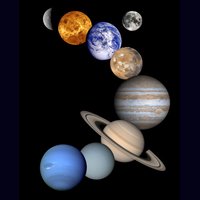 Fun Facts about the Solar System for Kids and Fun Kids Astronomy Games. |
Fun Math Games for Kids
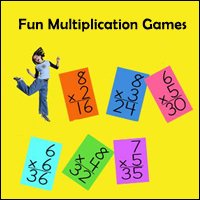 Fun Multiplication Math Games and Educational Times Tables Activities for Kids. |
 Exciting Math for Kids 16 Fun Math Activities and Counting Games. |
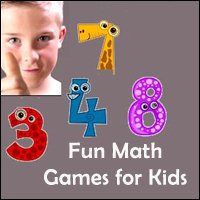 Educational Kids Math Games Cool Math Websites and Physical Fun Math Activities. |
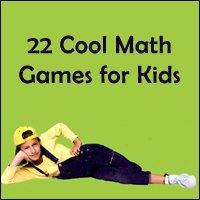 22 Cool Math Games for Kids Fun Math Activities with Multiplication, Addition and Subtraction. |
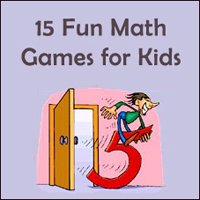 15 Fun Math Games for Kids: Turning Multiplication, Addition and Fraction into Fun Math Activities. |
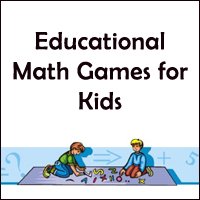 Cool Math Games for Kids and Fun Math Activities for All Ages. |
Back to the top of this page about 14 Fun Science Experiments for Kids: Guidelines for Kids Science Projects and Learning Games
Go to the Positive Parenting Ally Homepage




